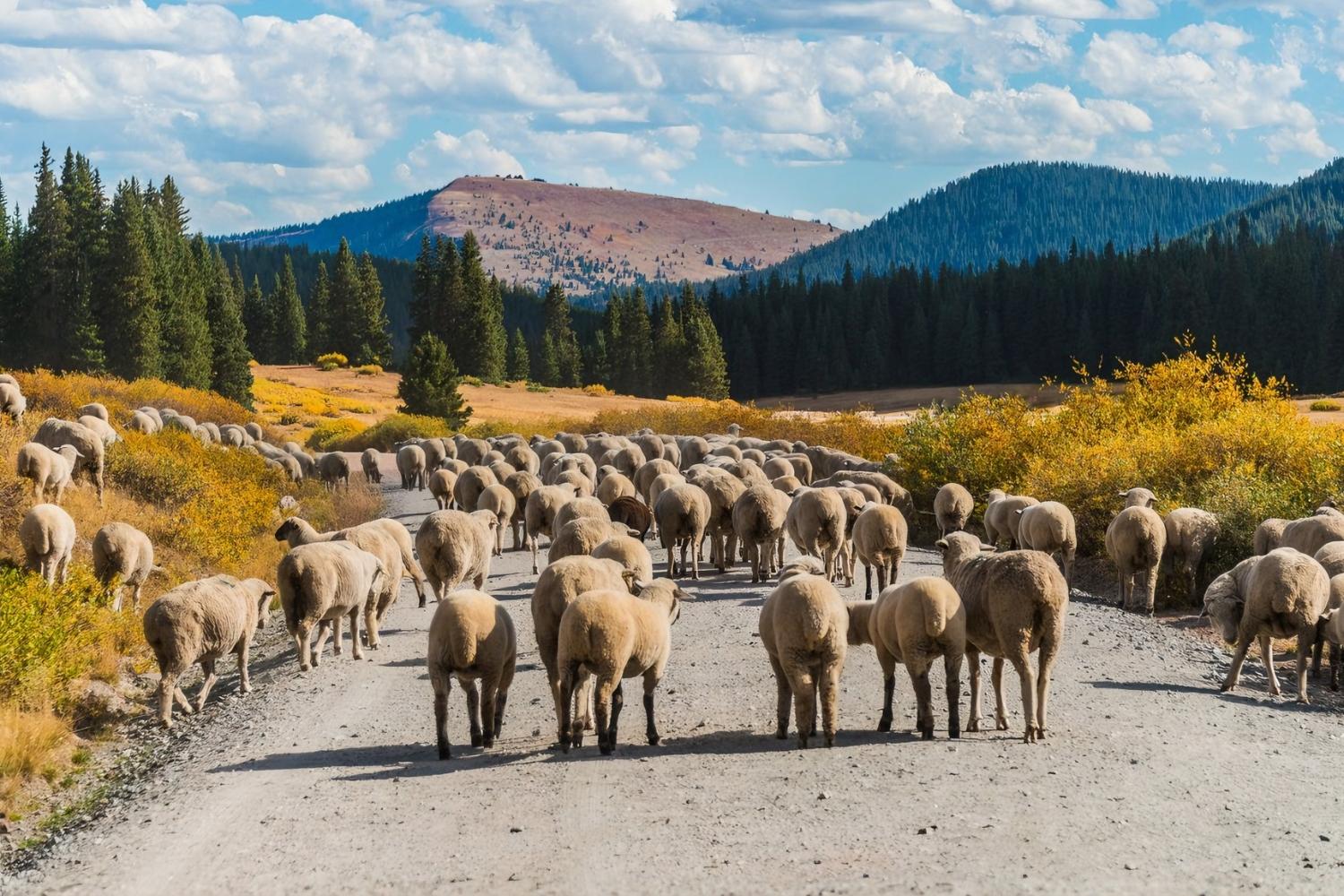Lost Basque Sheepherder Camps In Idaho

Have you ever wondered about the hidden history of Idaho's wilderness? Lost Basque sheepherder camps offer a fascinating glimpse into the past. These camps, scattered across the rugged landscape, tell stories of Basque immigrants who came to America seeking a new life. They worked as sheepherders, living in remote areas and leaving behind unique carvings and artifacts. Exploring these sites can feel like stepping back in time, connecting with the lives of those who once roamed these lands. Whether you're a history buff or just love a good adventure, discovering these camps can be a rewarding experience. Ready to learn more?
Discovering the Lost Basque Sheepherder Camps in Idaho
Idaho's rugged landscapes hold secrets of the past, including the hidden Basque sheepherder camps. These camps offer a glimpse into the lives of Basque immigrants who herded sheep in the early 20th century. Let's explore some of these fascinating locations.
1. Owyhee Mountains
The Owyhee Mountains, with their dramatic peaks and valleys, were a prime spot for Basque sheepherders. The isolation provided the perfect environment for tending sheep.
- Sheepherder Carvings: Look for carvings on aspen trees, known as arborglyphs, left by sheepherders.
- Historic Trails: Follow the trails that were once used to move sheep between grazing areas.
2. Boise National Forest
Boise National Forest, with its dense woods and open meadows, was another popular area for Basque sheepherders. The forest's diverse terrain offered ample grazing opportunities.
- Old Cabins: Discover remnants of old cabins where sheepherders once lived.
- Natural Springs: Visit the natural springs that provided water for both sheep and herders.
3. Sawtooth National Recreation Area
The Sawtooth National Recreation Area, known for its stunning mountain scenery, also holds traces of Basque sheepherding history. The area's beauty made it a favorite among herders.
- Sheepherder Monuments: Find stone monuments built by sheepherders as markers or shelters.
- Alpine Meadows: Explore the alpine meadows that were prime grazing spots.
4. Payette National Forest
Payette National Forest, with its vast wilderness, was a haven for Basque sheepherders. The forest's remote areas provided solitude and safety for their flocks.
- Historic Campsites: Locate old campsites where sheepherders set up temporary homes.
- Wildflower Fields: Wander through fields of wildflowers that once fed the sheep.
5. Hells Canyon
Hells Canyon, the deepest river gorge in North America, was a challenging yet rewarding area for Basque sheepherders. The rugged terrain tested their skills and resilience.
- Sheepherder Trails: Hike the trails that were used to navigate the canyon's steep slopes.
- River Crossings: Discover the spots where herders crossed the Snake River with their flocks.
6. Salmon River Mountains
The Salmon River Mountains, with their remote and rugged landscapes, were another key area for Basque sheepherders. The mountains offered both challenges and rewards.
- Hidden Valleys: Explore hidden valleys that provided shelter and grazing.
- Mountain Springs: Visit mountain springs that were essential for survival.
7. Frank Church-River of No Return Wilderness
This vast wilderness area, known for its rugged beauty, was a prime location for Basque sheepherders. The isolation and natural resources made it ideal for grazing.
- Remote Camps: Find remote camps that were used by sheepherders.
- Wildlife Sightings: Keep an eye out for wildlife that shares the land with the sheep.
8. Camas Prairie
Camas Prairie, with its rolling hills and fertile soil, was a favored grazing area for Basque sheepherders. The prairie provided abundant food for their flocks.
- Historic Markers: Look for historic markers that tell the story of Basque sheepherders.
- Camas Flowers: In spring, see the fields of camas flowers that once fed the sheep.
9. Owyhee Desert
The Owyhee Desert, with its stark beauty and challenging conditions, was another area where Basque sheepherders thrived. The desert's vastness offered solitude and space.
- Desert Springs: Visit springs that were vital for survival in the harsh desert.
- Rock Formations: Explore unique rock formations that provided shelter and landmarks.
10. Magic Valley
Magic Valley, with its rich agricultural land, was also home to Basque sheepherders. The valley's resources supported both sheep and herders.
- Historic Farms: Discover old farms that were once part of the sheepherding landscape.
- Irrigation Canals: See the irrigation canals that helped sustain the flocks.
Discovering Idaho's Hidden History
Exploring the lost Basque sheepherder camps in Idaho offers a unique glimpse into the past. These camps tell stories of hard work, resilience, and cultural heritage. Visiting these sites, you can see the carvings on aspen trees, remnants of old cabins, and other artifacts left behind by Basque sheepherders. This journey not only enriches your understanding of Idaho's history but also connects you to the Basque community's legacy. Whether you're a history buff or just curious, these hidden gems provide a fascinating experience. So next time you're in Idaho, take a detour to these historical sites. You'll walk away with a deeper appreciation for the Basque sheepherders and their contributions to the region.

